As a special education teacher, I understand my role in the lives of young people as one of a storyteller. I craft so many stories with and about my students, and I try to constantly be aware of the ways that the stories created about students shape how people interact with them. Stories are powerful beyond belief.
My current (and favorite) experience with storytelling includes facilitating The Moth High School StorySLAM program at my school in the Bronx. I’m lucky to be the faculty advisor for this beautiful program run by The Moth, but I bring my own experience with storytelling.
If you have ever seen a Moth StorySLAM or have listened to the Moth podcast, then you know the magic of the Moth. You know the way your heart flutters when something resonates, or your breath catches at something surprising. Whether you have been an audience member or a storyteller, you KNOW the magic of the Moth.
That magic may seem inherent in the act of storytelling– but it actually depends on the perfect storm of preparation, knowledge, and patience.
The magic is what hooked our school on the Moth. Hooked might be the understatement of the century: we are Moth addicts. Moth heads. Moth ballers. When SLAM-time comes around, teachers clamor over each other to get a front row seat. Parents file into our black box theater. Students who “never stay for after school things” sit patiently waiting for that magic.
When I tell people about the Moth, or when they get the chance to come to a SLAM, the responses are all the same. “Oh my gosh, that’s amazing!!” “I want to bring the Moth to my school!” The smiles of enthusiasm, the tears of joy, the vibrations of connection that live storytelling garners seem, to the outside eye, effortless. This is the magic of storytelling, after all. It just kind of happens, right?
Wrong! Oh, so wrong. It’s like when people who are not educators point to teachers and think, “How hard can that be? If you can’t do, teach, right?” But anyone who has stood at the front of a classroom of adolescents knows that nothing could be further from the truth. There are a million nuances, years of skills and knowledge packed into every decision that a teacher makes each minute of a school day. It’s not by pure luck or magic that good teachers have well-managed classrooms where profound growth and development occur. Those things happen because the teacher, most likely, is prepared to handle an endless list of unknown elements each minute of each day.
Good teachers make teaching look easy– when it really isn’t easy at all. Teaching is complex beyond belief, but people learn it, they do it, and some do it really, really, really well. Like teaching, storytelling is complex (especially with young people), but people learn it, they do it, and some do it really really, really well.
It is not enough to just put students on stage to tell stories. It takes more than just a love for The Moth to create the opportunity for growth that storytelling can bring to students and schools.
To me, stories teach empathy. Sometimes it’s easier to put blinders on and only see our own story. Other times, it’s all we can do to simply survive our own story. But in a safe space, with the community and support of others, it becomes easier to listen to another person’s story– to simply listen, absorb, feel, react, connect, and truly empathize.
If empathy is a muscle, then a well-trained Moth program is the best workout around. If you are lacking the training, though, and decide to start running by jumping straight into a marathon, then you will be sorely disappointed. (Pun very much intended.)
At my school, my own interest in storytelling, my knowledge as a teacher, and the knowledge and vision of The Moth have created a fantastic tradition of storytelling where young people find their voices and learn to own, craft, and tell their stories, and where other teachers are inspired to incorporate storytelling into their classrooms. (At our school, there are storytelling units, storytelling projects, digital storytelling. Even in our restorative circle practices we embrace the idea of owning your voice and recognizing the voices of others – the language of “stories” is all around!)
The Moth knows how to teach other people to craft stories, how to work with teenagers, and a TON of other stuff, and they have a vision for what storytelling can do for young people, for teachers, and for schools. I know my students, how stories affect my students and how learning to tell their own stories can help them see the stories that are told about them. I am inspired by the Moth’s vision for what storytelling can do for young people and schools. It doesn’t happen automatically and it certainly isn’t easy, but with preparation, knowledge, and patience, it can happen. I know: I’ve seen it firsthand
Jessica Altounian is a special education teacher at Dreamyard Preparatory School in the South Bronx. She is an avid lover of stories, a major Moth fan, and currently facilitates the Moth High School StorySLAM program at Dreamyard, which is kind of the luckiest thing that has maybe ever happened to her. If you want to get in touch with Jess, email education@themoth.org.



